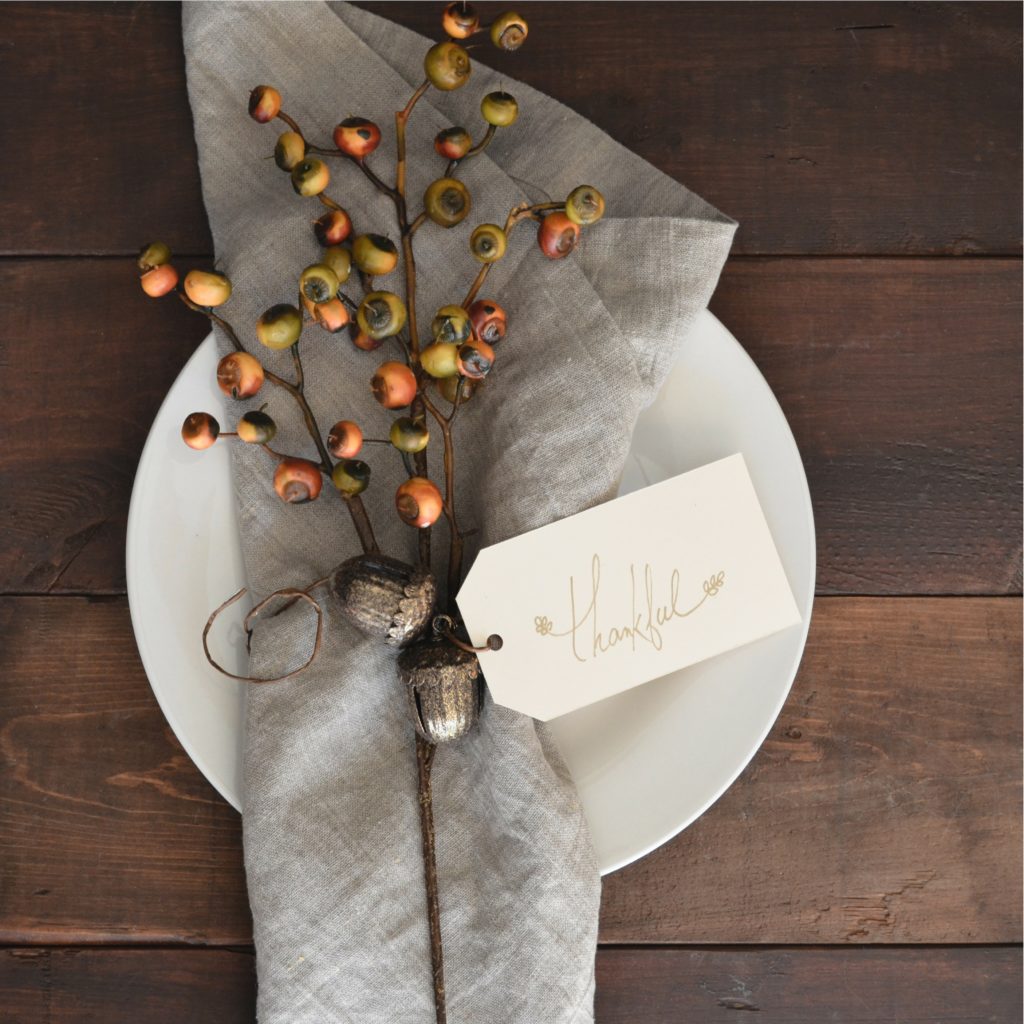Thanksgiving Food Safety Tips n’ Tricks
Posted in Food Safety,Our Blog on November 15, 2019

Thanksgiving is almost upon us, which means that it’s time to get cooking. Some of you have probably already started your multi-day prep process in anticipation of the big event. Thanksgiving isn’t strictly a church holiday, although some people do like to go to church on Thanksgiving; neither are their many customary activities, aside from watching football. Instead, many American families consider Thanksgiving to be all about the big-ticket event, which is to say, the eating. That’s the centerpiece of the holiday, what it’s truly about: the breaking of bread, and the carving of turkey, and the dolloping of everything from mashed potatoes to stuffing to jello mould onto various plates.
Wherever there’s a lot of eating, there’s a lot of cooking, and wherever there’s eating and cooking, the specter of foodborne illness lurks. We don’t mean to be downers about it; it’s a happy holiday, a time for celebration, and you shouldn’t get your good mood down on account of the possibility of food poisoning. But it is a possibility, and as ever, you need to stay vigilant to make sure that everyone makes it to dessert without having to make a run on the bathroom. In the service of this, Make Food Safe has prepared a list of handy food safety tips for everyone. Have a look at our Thanksgiving Food Safety Tips n’ Tricks:
- Be prepared: If you’re serious about preventing foodborne illness at your Thanksgiving dinner, you need to start planning and preparing in advance. Make sure that you’re equipped with everything you need, including a meat thermometer, multiple cutting boards for preparing different kinds of food, enough serving utensils to prevent cross-contamination between different dishes, and a ready supply of tupperware for storing leftovers. Lining up these items well in advance of the crush of prep and cooking work necessary down the line will save you a lot of trouble.
- Thaw thoughtfully: There are right and wrong ways to prep your food before you cook it, and how you thaw your turkey before cooking is no exception. If you’re defrosting your turkey in the refrigerator, you may want to pop it in into your fridge a week or more before thanksgiving, depending on how much it weighs. If you’re defrosting it out of the fridge, remember that cold water is more efficient for the task than warm water. If you don’t have time to defrost, don’t fret; you can cook a turkey that’s still frozen, although it takes about 50% longer than usual to do so. Remember not to leave a defrosted turkey out in the open at room temperature – once the meat gets warmer than 41 degrees fahrenheit, pathogens have the opportunity to spread.
There are a couple other don’ts that you should keep in mind while thawing: don’t thaw the turkey on the counter, in the garage, in a paper or plastic bag, in the dishwasher, or any other way that doesn’t involve cold water, the microwave, or the dishwasher.
- Prep properly: You can cut down on your work leading up to Thanksgiving by preparing side dishes a few days before, putting them in an airtight tupperware, and storing them in the fridge. They won’t keep for more than four days before the meal, however, so be sure that you don’t give them more lead time than that. Remember that washes of citrus juice or vinegar are not effective disinfectants for turkey or other raw meats, and that they don’t pack enough punch on their own to get rid of pathogens.
- Get the heat going: This applies to your turkey and any other meat that you might be cooking for the occasion: you need to make sure that your meat gets hot enough to kill off any pathogens that might be hitching a ride. If you don’t get your meat hot enough during the process of cooking, those pathogens can survive and potentially cause food poisoning. You’ll want to make sure that your turkey heats up to at least 165 degrees fahrenheit before it’s safe to eat. And that’s the temperature inside the bird, not on the outside – be sure to check with a meat thermometer that you can stick it with to gauge the temperature. Foodsafety.gov recommends checking a turkey for safe temperature in three different places: the thickest part of the breast, the innermost part of the wing, and the innermost part of the thigh. If you’ve got 165 or more in all three of those areas, you should be good to go.
- Leftovers, but your vigilance isn’t: Remember to extend your care for food safety through to other parts of the process. If you’re planning on packing up some of your food and saving it as leftovers, try to get it done within two hours. Leave the food sitting out for any longer than that, and you’re potentially opening up a window for bacteria to slip in and contaminate. Once you’ve got the leftovers in the fridge, remember that they’ll only keep for three or four days before they’re no longer safe to eat. If you celebrate thanksgiving on Thursday, that means that you should be done with the leftovers no later than Monday. If you just can’t bear to part with them, you can stick them in the freezer to keep past Monday – but remember that you can’t safety re-freeze them once you’ve taken them out to thaw.
By: Sean McNulty, Contributing Writer (Non-Lawyer)
